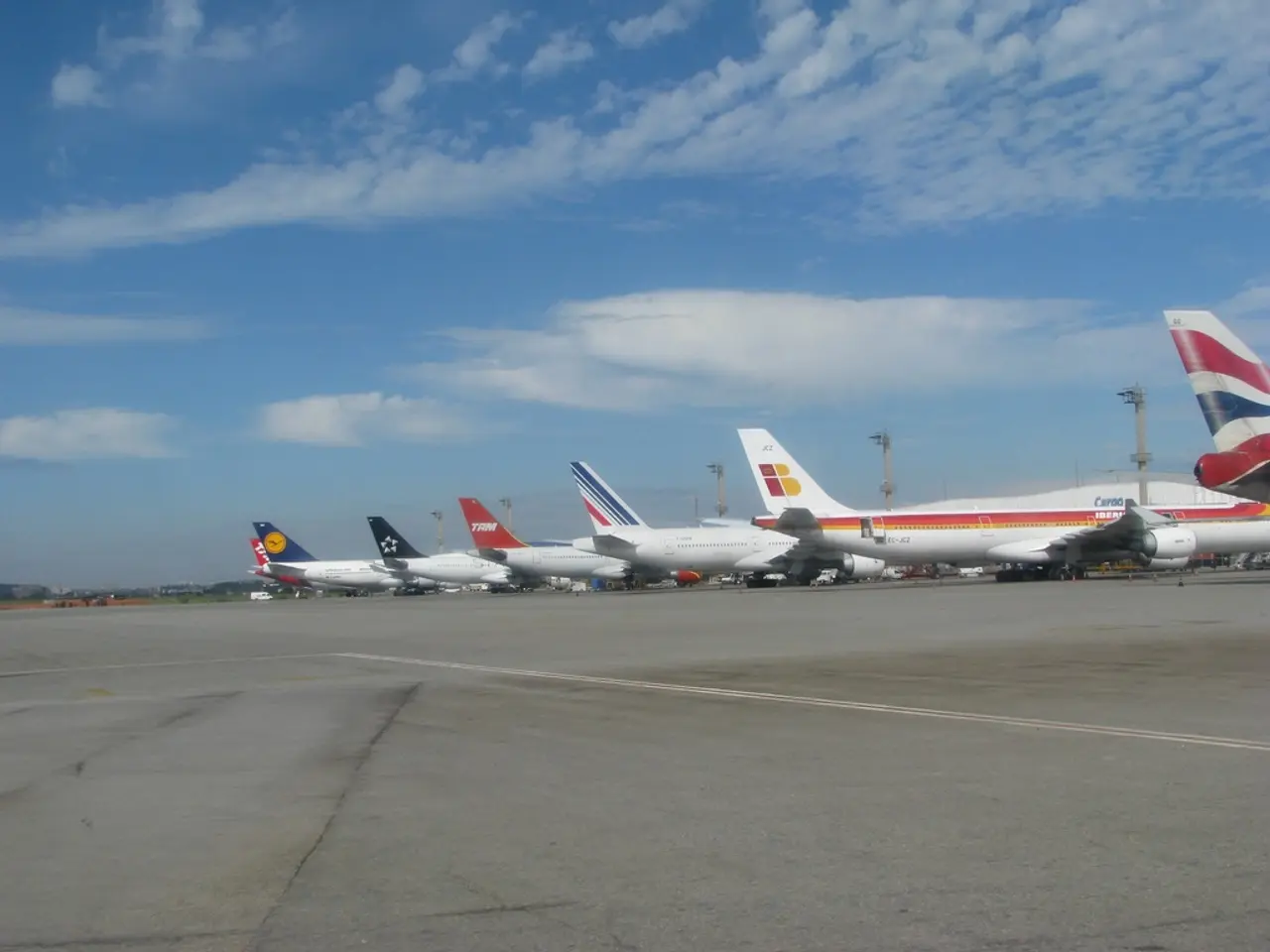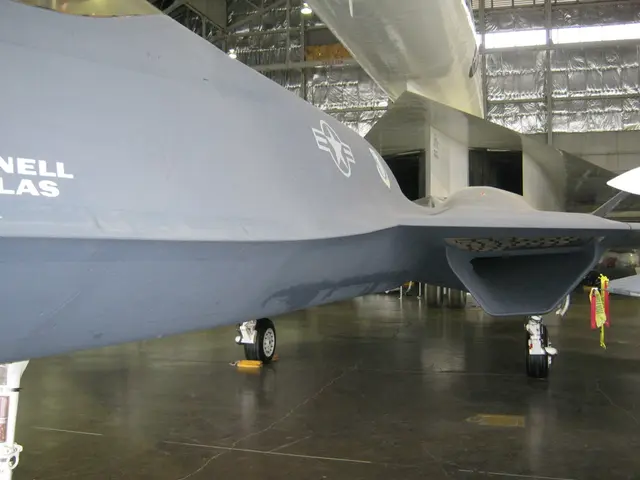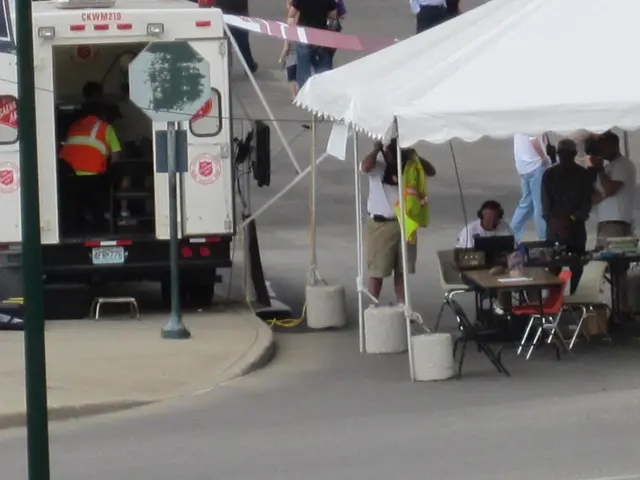Guidelines for Navigating a Visual Approach Flight
In the realm of aviation, Charted Visual Flight Procedures (CVFPs) offer a structured and safer alternative to traditional visual approaches. These procedures, designed for both jet and piston aircraft, provide detailed visual guidance for approach and landing, setting them apart from the informal visual approaches that pilots often navigate without published procedural guidance.
CVFPs, published on approach charts, follow specific, charted visual references and altitudes, guiding pilots through a series of visual cues to the runway. In contrast, normal visual approaches typically rely on a pilot's visual acquisition of the runway environment and obstacles, often transitioning from instrument to visual navigation without a formal published path.
One of the key differences between CVFPs and normal visual approaches lies in their regulatory minimums. CVFPs have specified weather minimums (ceiling and visibility) published on the chart, designed to be flown in conditions just above instrument approach minima. These minimums ensure sufficient visual cues for the pilot to follow the charted procedure safely.
While exact minima for CVFPs may vary depending on the specific airport and procedure, they generally require at least a ceiling and visibility above the instrument approach minimums to allow visual acquisition of the specified visual references on the chart. Unlike standard visual approaches with basic VFR minima, CVFPs are designed to be flown in marginal visual environments, providing a safer and more precise visual transition.
ATC will only clear pilots for a CVFP if the reported ceiling at the airport of intended landing is at least 500 feet above the MVA/MIA, and the visibility is 3 SM or more, unless higher minimums are published for the particular CVFP. Weather minimums for CVFPs are displayed on the CVFP plate, similar to an instrument approach.
Each CVFP visual chart depicts local landmarks, courses, and recommended altitudes for an approach to a specific runway. Charted visual flight procedures (CVFPs) are established at towered airports for environmental, noise abatement, and safety reasons.
Examples of well-known CVFPs include the River Visual Runway 19 at Washington DC (KDCA), which follows the river inbound, and the Expressway Visual Runway 31 at New York LaGuardia (KLGA), which involves a low-level turn around Citi Field Stadium before the short final approach to Runway 31.
In case of a missed approach, the pilot should plan to reach pattern altitude and await further instructions from ATC. It's important to note that CVFPs require a pilot to have a charted landmark in sight, unlike normal visual approaches.
For pilots aiming to earn their instrument rating and master IFR flying, Boldmethod offers an Instrument Procedures course. However, it's crucial to remember that while CVFPs offer a structured approach, they still require a high level of situational awareness and adherence to ATC instructions.
In some cases, CVFPs may not be authorised, such as the Roaring Fork Visual to Runway 15 in Aspen, which is not authorised at night. Always ensure to check the specific regulations for the airport and procedure before planning your flight.
- CVFPs, a safer alternative to traditional visual approaches, provide detailed visual guidance for aircraft during approach and landing.
- These visual flight procedures follow specific, charted visual references and altitudes, guiding pilots through a series of visual cues to the runway.
- In contrast, normal visual approaches often rely on a pilot's visual acquisition of the runway environment and obstacles without published procedural guidance.
- Regulatory minimums for CVFPs ensure sufficient visual cues for the pilot to follow the charted procedure safely.
- ATC will only clear pilots for a CVFP if the weather minimums, specified on the CVFP plate, are met or if higher minimums are published for the particular CVFP.
- Each CVFP visual chart depicts local landmarks, courses, and recommended altitudes for an approach to a specific runway, established at towered airports for environmental, noise abatement, and safety reasons.
- Examples of well-known CVFPs include the River Visual Runway 19 at Washington DC (KDCA) and the Expressway Visual Runway 31 at New York LaGuardia (KLGA).
- In case of a missed approach, the pilot should plan to reach pattern altitude and await further instructions from ATC.
- CVFPs require a pilot to have a charted landmark in sight, unlike normal visual approaches.
- For pilots aiming to earn their instrument rating and master IFR flying, Boldmethod offers an Instrument Procedures course, but CVFPs still require a high level of situational awareness and adherence to ATC instructions.
- In some cases, CVFPs may not be authorized, such as the Roaring Fork Visual to Runway 15 in Aspen, which is not authorized at night. Always ensure to check the specific regulations for the airport and procedure before planning your flight.








